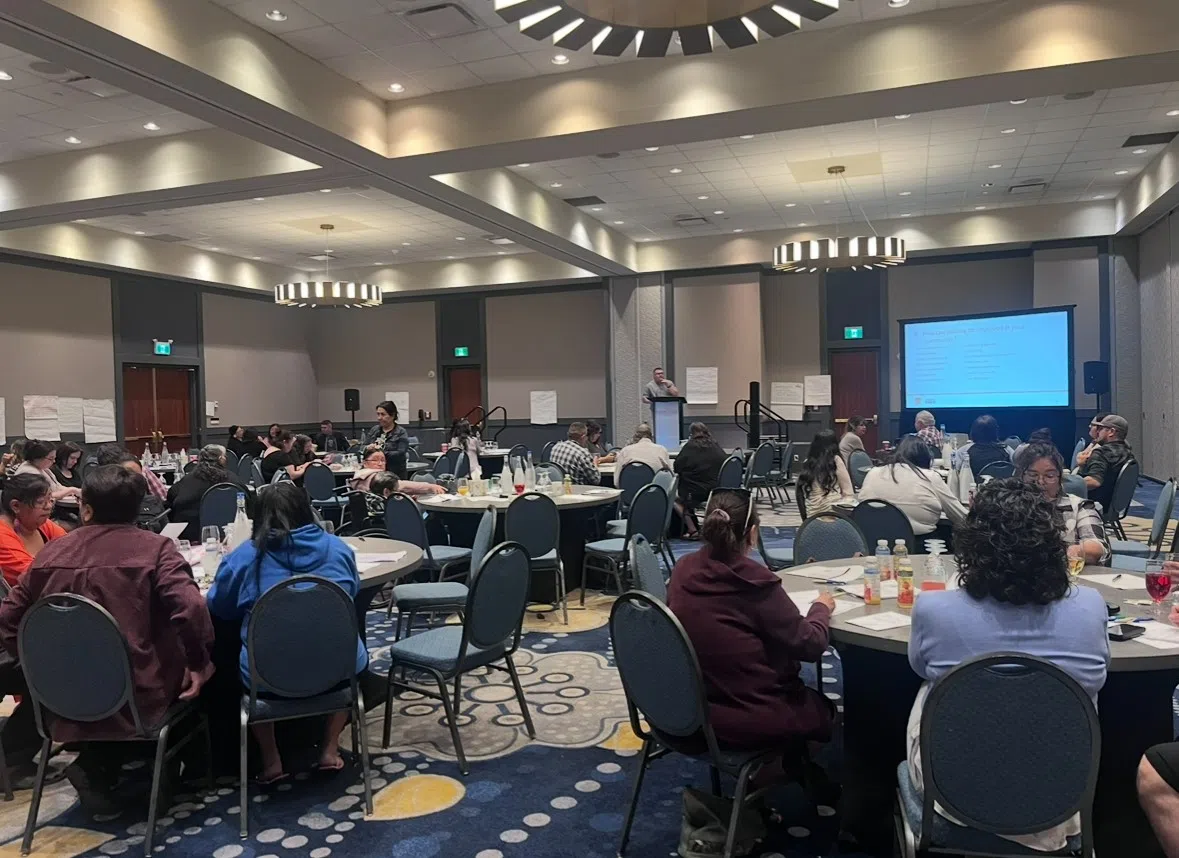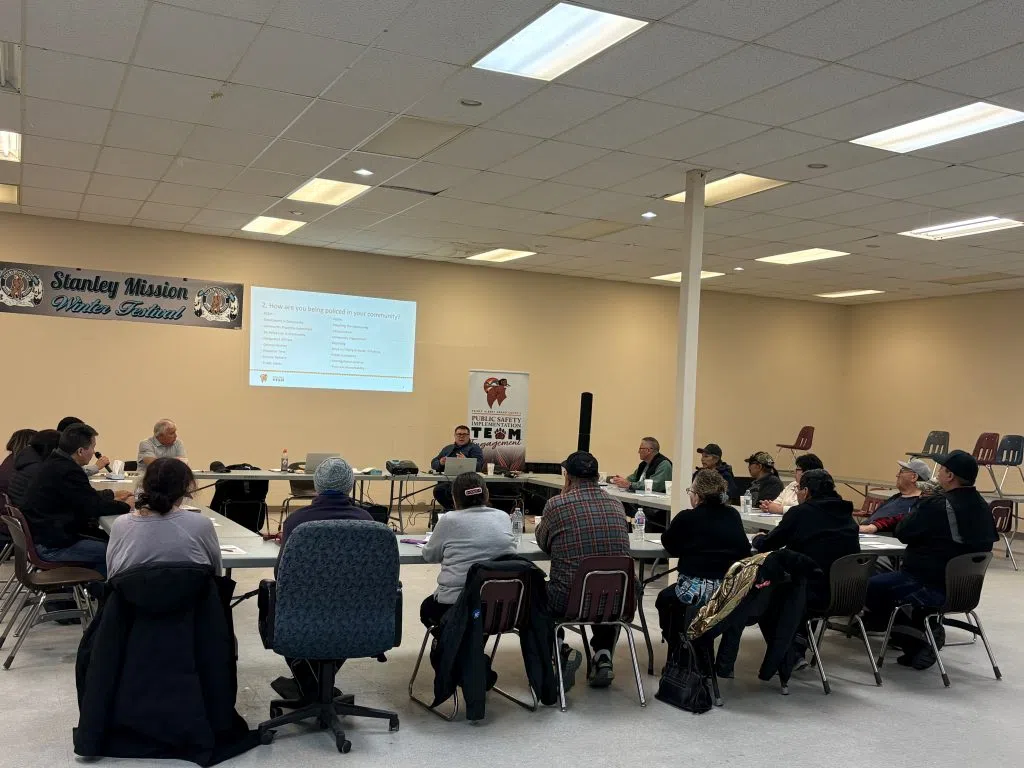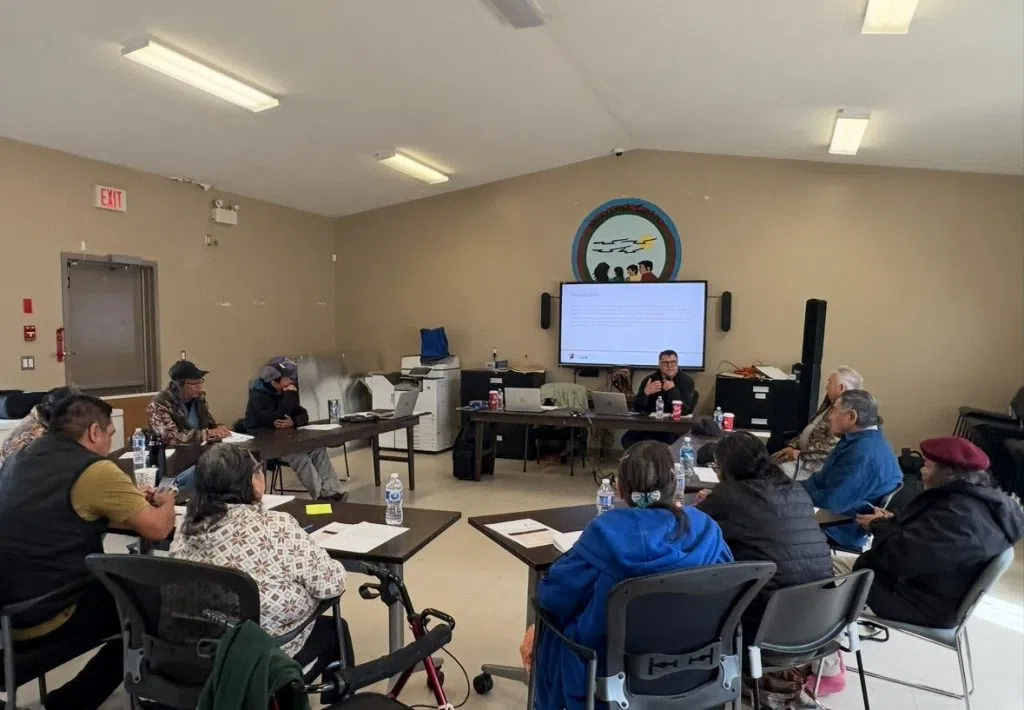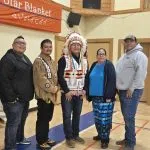
PAGC Advances Plans for First Nations Policing
One year after receiving federal funding for a self-policing feasibility study, the Prince Albert Grand Council (PAGC) are steps closer to developing their own regional police service.
For the past year, the PAGC’s Public Safety Implementation Team have been working on a study and implementation strategy for the police service, which includes community engagement, costing projections, and a detailed plan for implementation.
“Our communities have grown. Policing hasn’t really caught up to that growth, so there’s been complaints about the police services. It comes down to a lack of resources – they just don’t have enough officers in the communities,” said David Sanderson, PAGC Public Safety Implementation Advisor.
“So we’re looking at how we can improve policing for our communities, and how we can look after ourselves,” he said.
PAGC represents 12 First Nations across 28 communities – about 50,000 people in total – in northern Saskatchewan.
In May 2024, the Government of Saskatchewan announced an investment of $1.4 million for a PAGC study into Indigenous led police services.
Sanderson said that to date, they have completed about 35 community engagement sessions with over 100 hours of documented feedback.

The sessions, as well as an online survey, ask members to respond to several topics, including: current quality of service with the RCMP; which policing issues are most important; level of perceived safety; and how a First Nations led police service could better serve the community.
“From what we’re hearing, the challenges people have with the current policing model is the response time, community engagement from the RCMP, and lack of communication,” said Sanderson.
“About 55 percent of people reported not feeling safe in their own community.”
Sanderson said that the results of the community engagement sessions of shown that most PAGC members are concerned about illegal drugs in their community, trafficking, and gangs, as well as overall community safety.
To boost community safety, Sanderson said many communities have been hiring private security, which has cost nations from $500,000 to a $1 million per year.
“It’s costing our nations a lot to have security at the band office, the health clinic, the schools, as well as overnight security,” he said. “We are investing a lot in (community safety officer) programs, where a lot of the funding is coming out of the nation.”
Sanderson also said the RCMP’s limited resources had led to member nations feeling unsafe due to limited personnel in the communities and slow response times. He said RCMP officers in some communities are burnt out, working several weeks without a break. While other communities report having very little relationship or understanding of the RCMP officers in their communities.
“A person who doesn’t know the culture and just does his job and leave – a relationship isn’t going to be there. We have to have capable people. Communities that have Indigenous officers, they’re more involved with the people there, they build trust,” said Sanderson.
PAGC do not have costing projections yet, said Sanderson. But he said they are looking at a regional model of policing, with one police headquarters and sub-detachment stations in each member First Nation.


